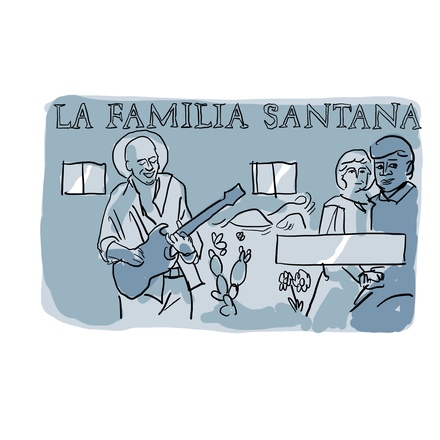
1. Santana Mural
Across the street, in the middle of his magnificent black-and-white mural, sits a local icon, Carlos Santana. Born in Jalisco, Mexico, it was here in San Francisco that the musician launched his legendary band in 1966. Read more
Tour
8,3 km
3h20
27 audios
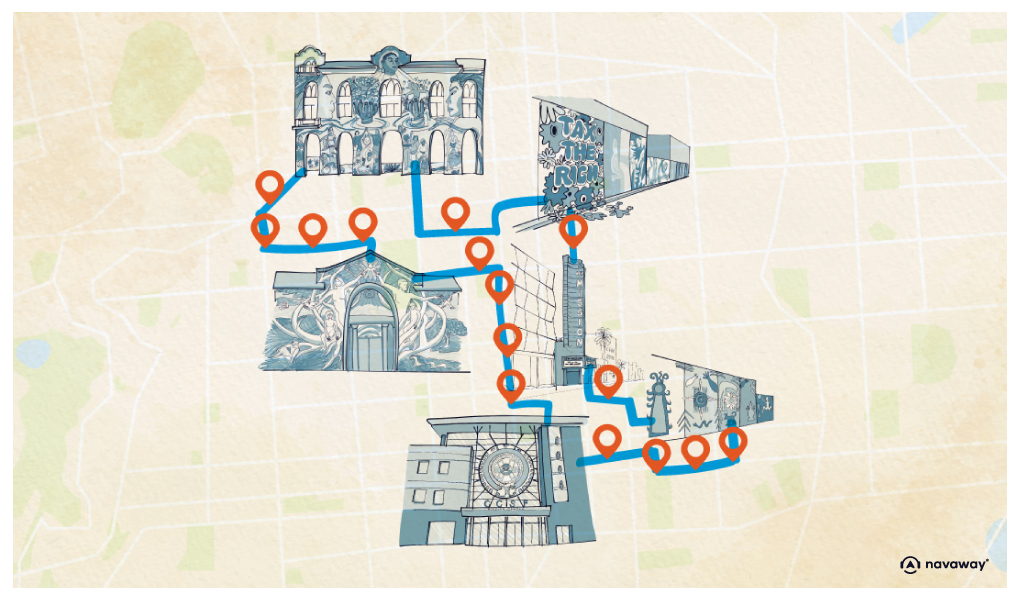
Text version
San Francisco, a land of freedom, creativity, and equality among people. A city that enchants hippies as much as it inspires utopians. We rush to SFO to find a sanctuary to reality. On many levels the city is a pioneer that plays with our imagination to the melodies of the many songs we associate with it. This tour takes you to the two iconic neighborhoods of Castro and Mission which are representative of this state of mind. The famous Castro gay district, the largest in the U.S., is a major hub of activism in the country, and has been celebrating the beauty of diversity for decades. The Mission Dolores district takes us back to the origins of San Francisco’s creation by the Spanish. Get ready for a full immersion into Latin America! The walls there are covered with murals that convey political, social and cultural messages, giving voices to marginalized communities. They are as stunning and impactful as they are beautiful and colorful, this is the district not to be missed by street art fans! This tour is a fascinating dive into the city’s history and the birth of its communities, through two districts that are indissociable from the open-mindedness that defines the country’s most surprising city.

Across the street, in the middle of his magnificent black-and-white mural, sits a local icon, Carlos Santana. Born in Jalisco, Mexico, it was here in San Francisco that the musician launched his legendary band in 1966. Read more
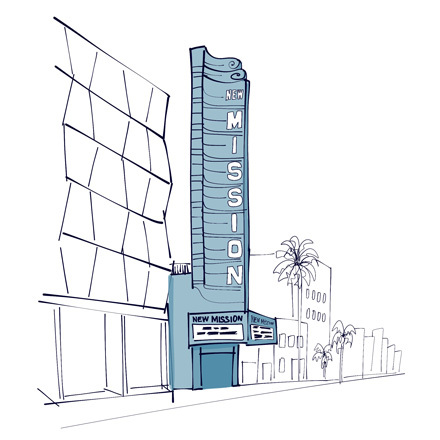
Here's another of the neighborhood's most iconic facades, the New Mission Theatre. Originally built by the Reid Brothers in 1916, it was renovated for the Nasser Brothers by the same architect who built the Castro Theatre. Read more

You can see it from a distance, and it seems to call out to you from the beginning of the street it’s the splendid “Women’s building”. It's the icing on the cake of this street art tour. Its name is "maestrapeace”. Read more
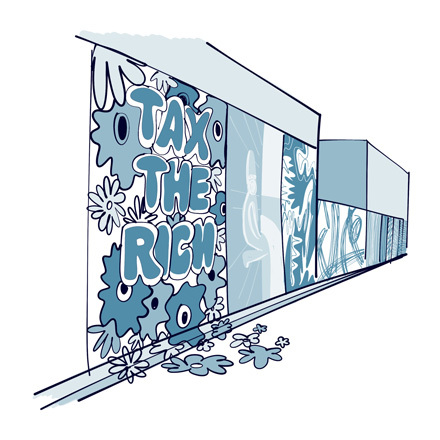
You've now reached the entrance to Clarion Alley. The CAMP, Clarion Alley Mural Project is an organization born in the 90s, which has supported the realization of over 700 socially engaged murals. Read more
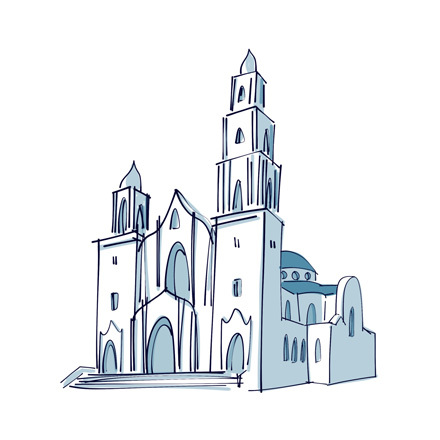
We're facing a drastic change of style, and you're now in front of the Mission of St. Francis of Assisi, also known as Mission Dolores due to its proximity to Dolores Creek. This Catholic church is the oldest in the city and the only one of the 21 missions established by the Franciscans along the Pacific coast Read more
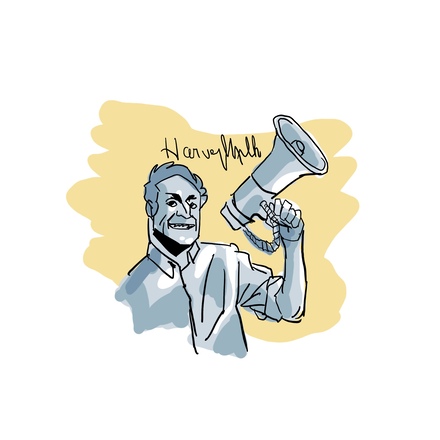
On your right is a large mural showing the struggles of the LGBT community, from Harvey Milk waving the multicolored flag, to the fight against the terrible AIDS epidemic. San Francisco played a key role in the fight against AIDS in the United States. Read more
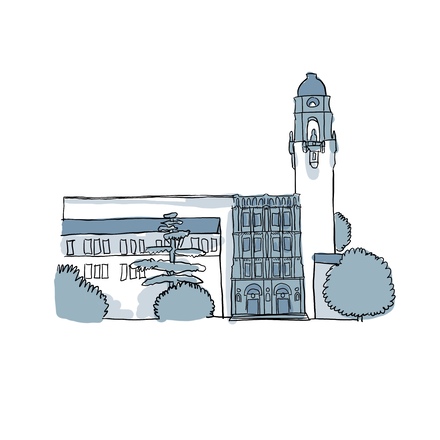
This beautifully sculpted façade is the entrance to Mission High School. It's the city's oldest high school, still located on its original site. Initially, in 1890, school was held in various houses in the neighborhood Read more
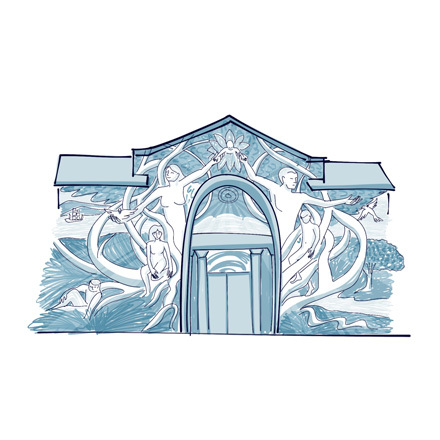
The beautiful facade covered with the New World Tree hides the Mission Pool, an outdoor swimming pool. It has been a gathering place since the 1930s when it was still called the Nickel Pool due to its entrance fee of a nickel Read more
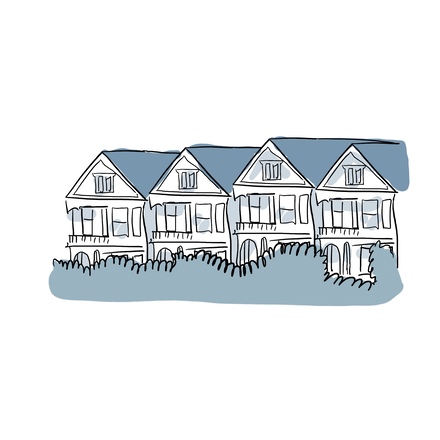
Just take a quick look at the facades of the 4 Victorian houses on your left. You can see that, at roof level, the facade continues like a stage set, with nothing behind it. Strange, isn't it? Read more
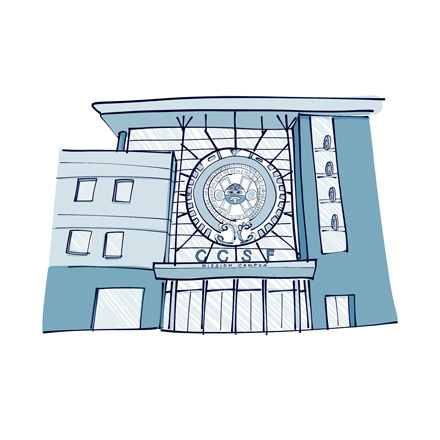
You certainly didn't expect to find a huge Aztec calendar in the middle of the street, but this is the emblem that has been chosen to adorn the facade of the Mission Campus. It's the largest mural representation of this famous calendar adapted from the Mayan calendar. Read more
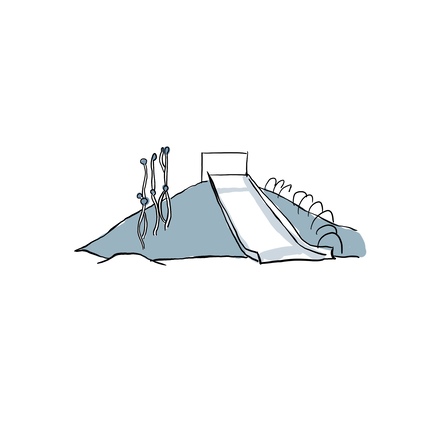
You are now crossing Mission Dolores Park. This park was created in 1905 on the site of a former Jewish cemetery. The following year, it became home to 1,600 people made homeless by the great earthquake. Read more
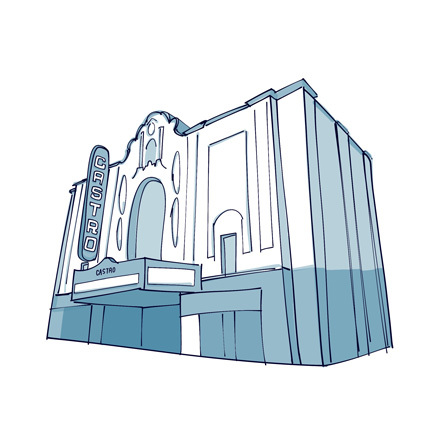
Mythical and emblematic, this is the magnificent Castro Theater. Financed in 1922 by the Nasser brothers, its architecture is based on the Spanish Colonial Baroque style. Its architect, Timothy L. Pflueger Read more

Around the corner on your right is the GLBT History Museum. This tiny museum, with a ridiculously small entrance fee is a gold mine of information tracing the history of the community. Read more
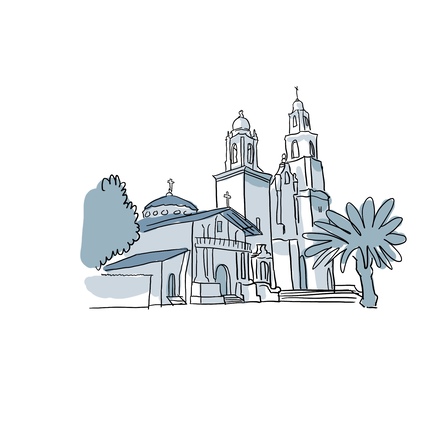
We now leave behind the colorful flags of the gay district, as we approach the Latino neighborhood of Mission Dolores. One of the city's oldest neighborhoods, it takes its name from the mission of St. Francis of Assisi Read more
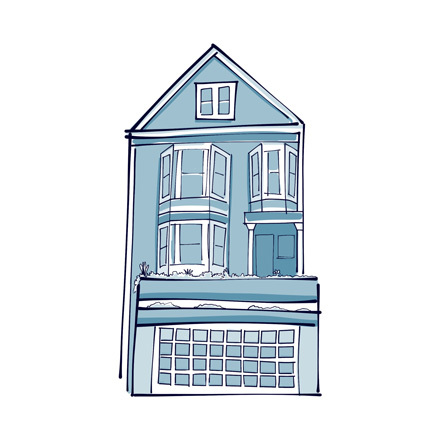
There is a famous French song about San Francisco and this small blue house, that every single frenchie knows! Allow me to tell you its story. At the age of 22, Maxime le Forestier traveled to San Francisco Read more
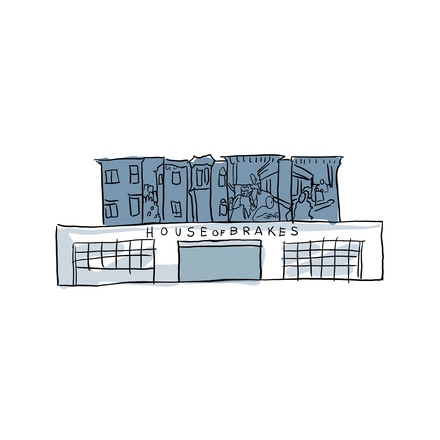
Here is a little more cheerful story for once, you find yourself in front of the colorful façade overlooking the "house of brakes". This mural, known as "Golden Dreams of the Mission", was painted in 1983 by Daniel Galvez Read more
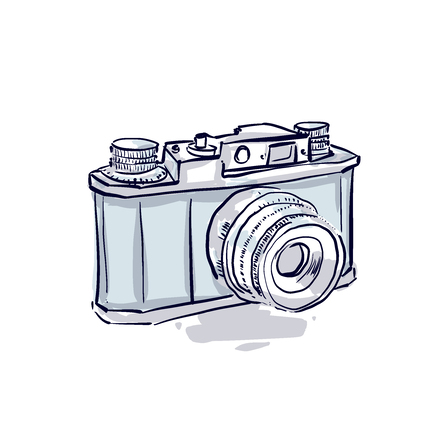
At the corner of shotwell street, don't miss the postcard photo of the neighborhood with the famous "Once Upon a time in Mission District"! The mural was created by artists who grew up on the street, in collaboration with Precita Eyes' Urban Youth Arts Program. Read more

Now you've arrived at the famous Balmy Alley. This is where you'll find the largest concentration of murals in San Francisco. Its history began in the 70s, when 2 women, Patricia Rodriquez and Graciela Carillo, decided to paint their apartment on Balmy Alley. Read more

This house, entirely covered in paint, belongs to a local musician, Richard Segovia. The work is entitled "Take it from the Top, Latin Rock" and is a tribute to Latin rock, a musical movement that is very strong throughout Latin America. Read more
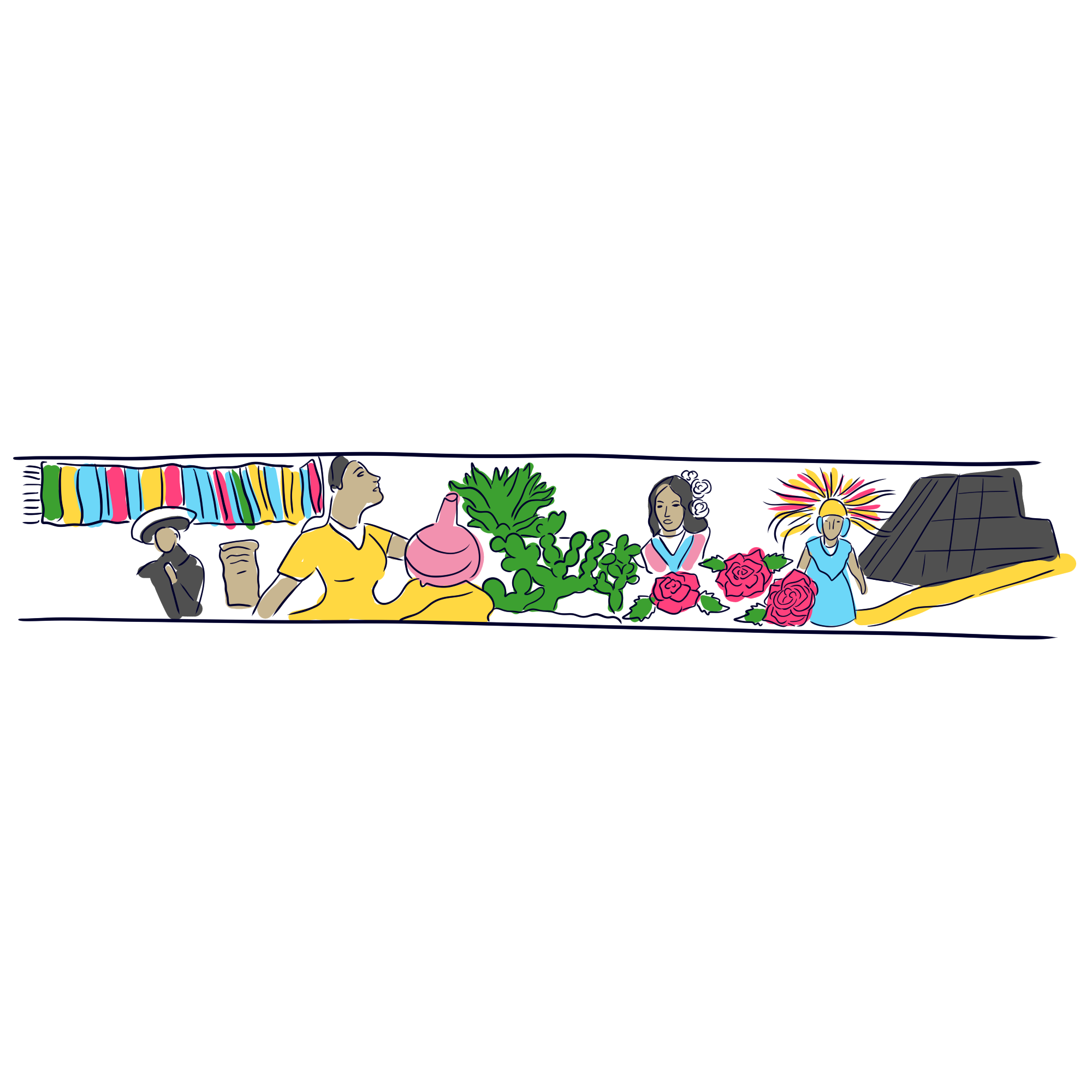
Here, on the corner of Mission Street and 23rd Street, is a fine example of a mural painted in honor of the Mexican community by Cid Mario. On the left is a mariachi, accompanied by women in colorful traditional costumes, and the step pyramid of Tenochtitlan, Read more
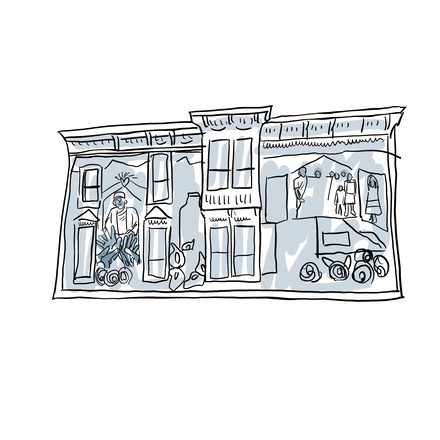
24th Street is particularly rich in street art, and I hope you've enjoyed the artwork you've come across so far. I'd now like to draw your attention to the facade of this house beautifully repainted in 2018 by several community muralists. Read more
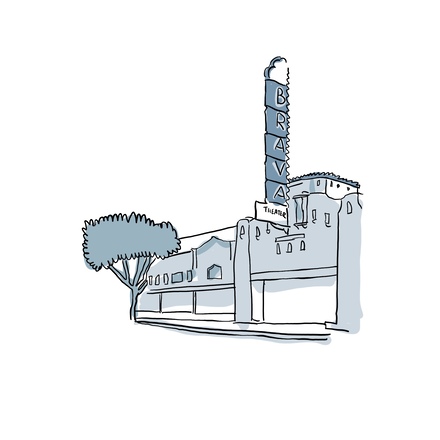
The façade of the Brava Theatre is so beautiful! And its magnificent exterior is only the reflection of its beautiful personality! Brava, which is short for “Brava for Women in the Arts”, promotes the artistic expression of women, people of color, LGBTQ people Read more
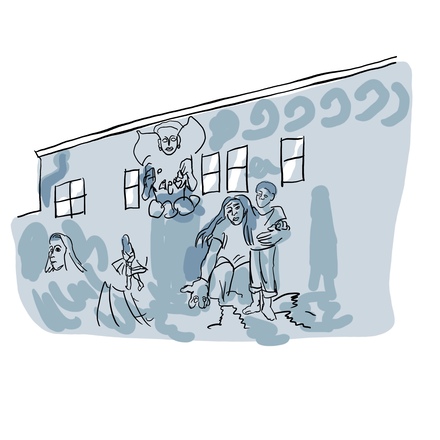
This huge blue wall is called "La Llorona" and deserves to be decrypted. Well, actually, they all deserve it, but one day won't be enough if we stop in front of every wall! This work, entitled "la Llorona", is by Juana Alicia Read more
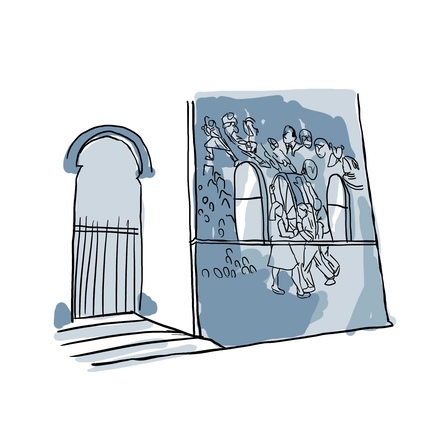
Arriving at the intersection with Florida Street, you find yourself surrounded on all sides by street art. Feel free to observe them all up close if you wish, but I'll focus only on the one painted on Saint Peter's Church. Read more
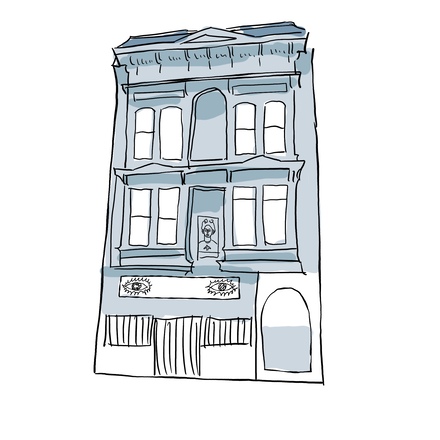
After admiring a few of the other beautiful works of art along the street, you'll find yourself at the entrance to the Precita eyes mural visitor center. This association, founded in 1977 by Susan Cervantes, considered the leader of the muralist movement Read more
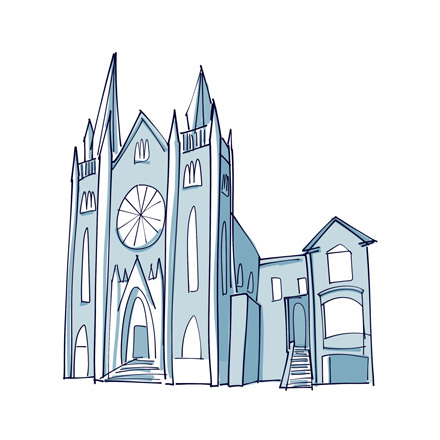
I bet you're surprised by this red church! It's true that it's a rather unusual religious building! It's the Hua Zhang Si Buddhist temple. Originally it was a Lutheran Gothic church, very typical in Europe. Read more
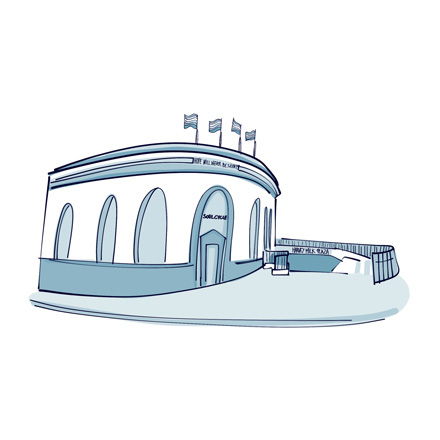
The rainbow flag floats proudly in the air at the intersection of Market and Castro street, you're obviously at the entrance to San Francisco's famous gay district. The rainbow flag was born here in 1978, at the request of Harvey Milk. Read more

Discover San Francisco with app
An interactive guide through the most beautiful streets, squares, and districts
27 fun audioguides full of historical facts, anecdotes, and legends
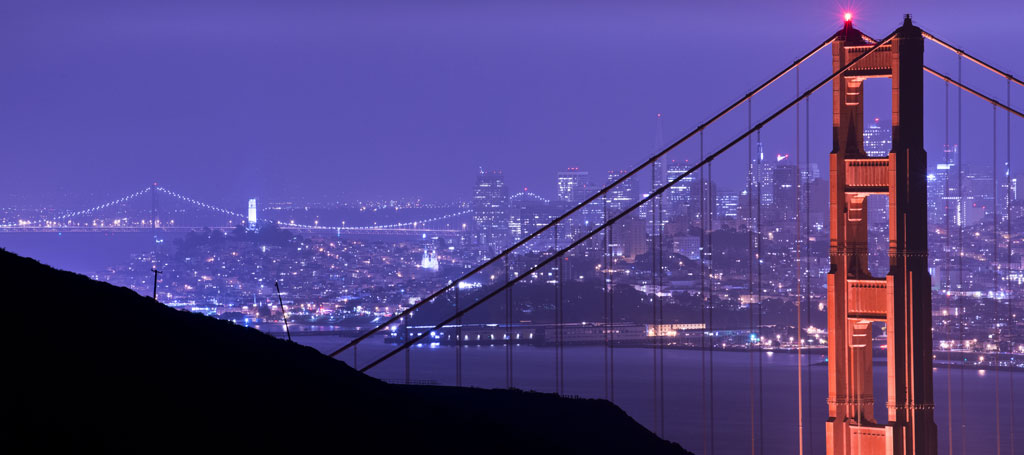


Comments